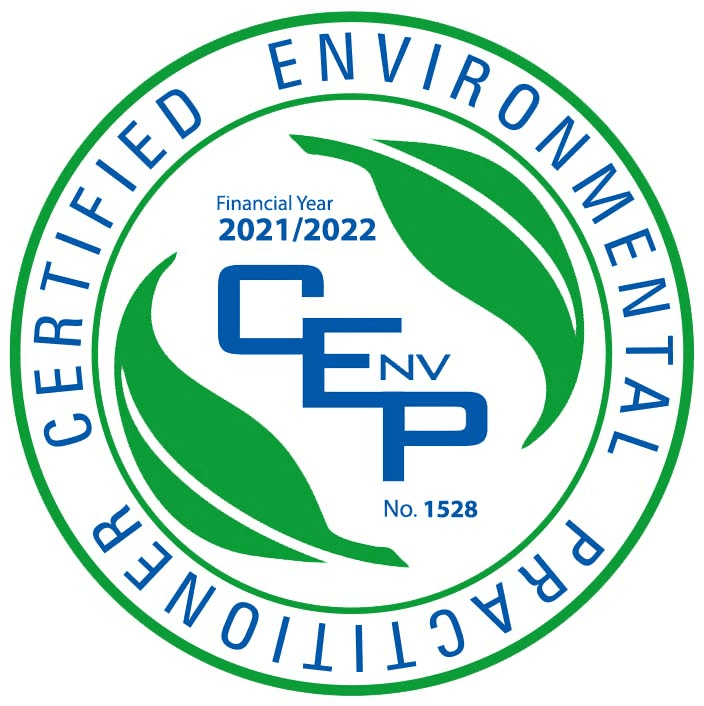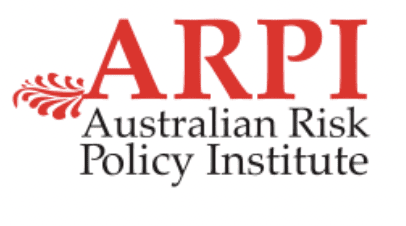International Engagement
Not only do we work across Australia with both private and public collections, national institutions, and organisations, but we also work internationally. At Endangered Heritage we provide conservation advice for environmental, moveable and intangible heritage to international organisations. Our team has consulted with organisations across the world including the Smithsonian, British Library and National Textiles Museum of Malaysia, and is actively involved in various organisations with professional or associate memberships.
Part of our ongoing work seeks to establish a Centre of Excellence, based here in Canberra or surrounds, to provide training and skills to future heritage workers including conservators, archaeologists, and lost trades. Through this training scheme we hope to establish an Australian based ‘Monuments Men’ like team with the capability of training national and international teams in heritage conflict and risk management. Our team includes qualified staff who have work in disaster and conflict zones,
With the range of knowledge and experience our team brings together we have no doubt we can value add any project you may need assistance with.
Qualifications & Certifications
Victoria Pearce, Director of Endangered Heritage and Senior Paintings and Textiles Conservator, is on The International Council on Monuments and Sites – International Scientific Committee on Risk Preparedness (ICOMOS-ICORP), a Professional Member of The Australian Institute for the Conservation of Cultural Material (AICCM), a Professional member of the Certified Environmental Practitioner Scheme (CENVP) and the Environmental Institute of Australia and New Zealand (EIANZ), and associate member of the Australian Risk Policy Institute (ARPI).





Andrew Pearce, Senior Objects, Metals and Large Technology Conservator, is a Professional Member of the American Institute of Conservation (AIC) and Foundation for the Advancement in Conservation (FAIC), a Professional Member of the International Institute of Conservation of Historic and Artistic Works (IIC), a Professional Member of The Institute of Conservation (ICON), and an associate member of The Australian Risk Policy Institute (ARPI).



Disaster Response and Planning
Development planning must involve disaster planning. By having a sound understanding of the environment, community and values, surrounding an asset we can stark making decisions about the risks. Some considerations include:
Climate Change – Increases in moisture due to increased rain, storm events and the like can result in mould growth and biological activity. Storms can also bring high winds causing both damage due to mechanical loads, or abrasion of surfaces from airborne dust. Soot and smoke from fire can cause significant damage and cause metal to corrode, though given water is the main method to fight fires, flood damage needs to also be considered in the event of fire.
Climate Disaster – Earthquakes and typhoons both exert tremendous forces on structures resulting in direct mechanical damage and they also often cause undermining and damage of the structures of foundations.
Insect Threats – Timber assets are highly vulnerable to biological attack from termites and borers. This damage can often remain invisible, with the exterior surfaces not impacted at all while the structural internals of timber work are completely consumed, leaving nothing but a thin and highly fragile shell.
Changes In Usage and Collection Materials – Simply changing a site use, adding a carpark or a garden, can cause new moisture runoff patterns resulting in moisture where it has never previously existed. This can cause rising damp in stone and masonry structures, wood rot, mould outbreaks or dimensional changes.
Internal Conflict – Internal conflict results when intended visitors such as tourists negatively interact with a site, resulting in damage. Sometimes this is intentional damage such as vandalism, scratching names into timber structures, removing small items etc. In. other cases the damage may be unintended, such as the foot bridge in Paris where visitors were clipping ‘love locks’ to the metalwork of the railings and adding many hundreds of kilograms of load to the structure.
External Conflict – External conflict, such as invasion or warfare, frequently causes damage. Sometimes sites are deliberately targeted and destroyed as a result of military action, sometimes looted. Numerous sites have historically also been used by invading forces as locations for executions, with structures being damaged by resulting gunfire.
Unsuitable and Damaging Usage Levels – Visitation at unsustainable levels can result in mechanical wear and tear of surfaces with flooring/pavement being eroded or vibration levels increasing. When visitation increases, often so does light exposure due to extended periods of access and even the moisture increases from the breathing of visitors which can negatively impact sites due to humidity rise.
Response Capacity for Internal Community and External Visitation – Many assets were simply never designed for high visitor loads. A hilltop monastery might typically have only had a few visitors a year in the past and only a single primary entrance. Re-development as a major tourist destination can easily result in thousands of visitors a day, leading to congestion and often danger where emergency exits are unavailable, unnavigable or easily overwhelmed.
Development and Urbanisation Goals Impacting Heritage Assets – Development and urbanisation almost always brings previously remote sites into close proximity with vehicle infrastructure, roads and traffic. These bring with them ground vibration, airborne and waterborne pollution, noise and light bleed. The very qualities that make a site valuable and desirable to visitors may easily be destroyed by proximity to the facilities and infrastructure required by those visitors.
Stakeholder and Custodian Risks – Frequently any change in the custodians of a site will result in a significant change to desired use or to the message a cultural asset delivers to the public. In extreme cases, significant change in stakeholder, such as a change in national government, may render a site contrary to the desired political stance of a region, rendering it extremely vulnerable to change or destruction. A change in custodian/stakeholder may also impact on the level of upkeep and maintenance a site receives, it’s budget or the competency of available staff/volunteers.




